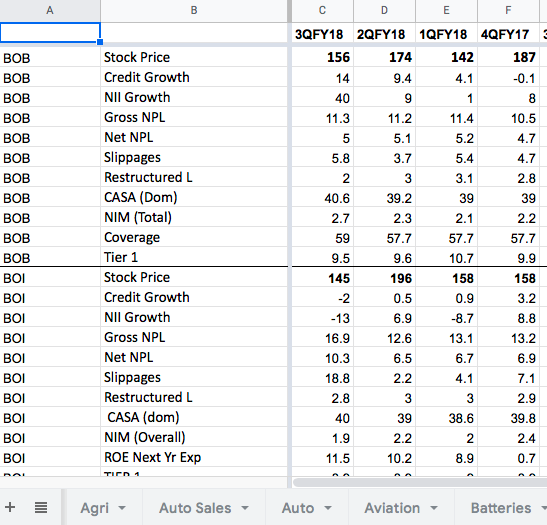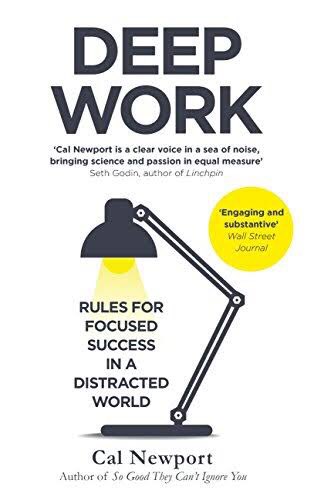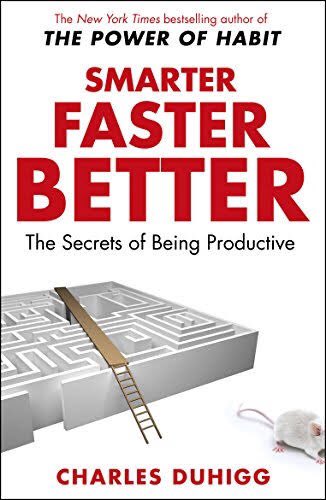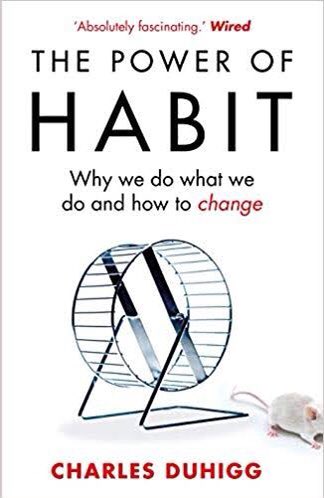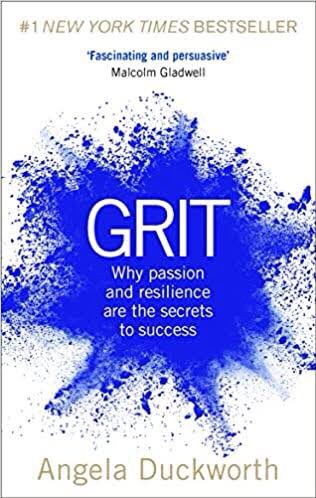
When to sell:
👇
👇
1/ The key to knowing when to sell is knowing ‘why you bought it in the first place'.
— Peter Lynch
Either the story has played out or the thesis has been violated or you have found something better.
Let’s examine the case where the stock is performing first.
— Peter Lynch
Either the story has played out or the thesis has been violated or you have found something better.
Let’s examine the case where the stock is performing first.
2/ When you sell depends on what kind of investor you are.
The traits that makes you seek high margin of safety & deep value in your buy decisions will often make you sell early. Those decisions are driven by similar mindsets.
The traits that makes you seek high margin of safety & deep value in your buy decisions will often make you sell early. Those decisions are driven by similar mindsets.
3/ Being such an investor, the way I adjust for this is by selling systematically over time & price after my triggers have been hit (although while buying I wait for a point where I can take a significant position right away).
4/ To adjust for endowment bias, you need to constantly ask whether you will buy a particular stock at CMP if you didn’t already hold it. Ideally the answer should be yes for everything in your portfolio.
5/ But if the stock performs, it goes into a zone where you will not sell existing position but not buy if you didn’t already have it. It's not logical (barring transaction costs & taxes which are not negligible factors). Even Munger accepts that he succumbs to this behaviour.
6/ I assess if I would short the stock if I didn’t have any position in it. I am very conservative & that reflects in my value estimates. I adjust for my bias here.
If the answer is yes, then I start selling.
If the answer is yes, then I start selling.
7/ Dont sell just based on overvaluation. But do sell for obscene valuations. How do you differentiate?
If your buy decisions are good you already have a process to judge this. Instead of using conservative parameters use aggresive ones.
If your buy decisions are good you already have a process to judge this. Instead of using conservative parameters use aggresive ones.
8/ Hold “good” companies forever is a motherhood statement. Don’t fall for the returns porn. For every investor from 90s holding his HDFCB/INFY there are others holding Himachal Futuristic. Even great companies (sector, techology, mcap leaders) have filed for bankruptcies.
9/ The longetivity of moats for most businesses is getting shorter. Indexes have higher churn now than a few decades ago. So the ideal churn in our portfolio should also be higher than what it could have been few decades ago.
10/ Always think of future stock prices (targets) as a fuzzy band & not a specific value. This probablistic view of future helps in avoiding any anchoring to a number & you are more nimble in changing your opinions. Buy below lower end of this band, sell close to top of the band.
11/ One of the best reasons to sell is when you want to buy something that’s even better, assuming you are fully invested as per your assest allocation.
12/ When you sell a stock don’t sell it with the mindset that you think the stock has peaked. This just leads to heartburn & mistakes. A better approach psychologically is to say you don’t want to participate in any potential upside from here.
Don’t hold for the last nickel.
Don’t hold for the last nickel.
13/ Now what if the stock is not performing.
You have to force yourself to sell if you get new information that negates the orignal thesis. If you are like me you will try to rationalise this new datapoint. Beware, take your time to assess, make up your mind & act aggresively.
You have to force yourself to sell if you get new information that negates the orignal thesis. If you are like me you will try to rationalise this new datapoint. Beware, take your time to assess, make up your mind & act aggresively.
14/ What if the stock is just laguishing & the thesis still holds.
I like @MohnishPabrai 's rule here of not selling for at least 2 years (may be 3), because that is usually long enough for market to correct any inefficiencies & recognise value.
I like @MohnishPabrai 's rule here of not selling for at least 2 years (may be 3), because that is usually long enough for market to correct any inefficiencies & recognise value.
15/ For an active stock picker when to raise cash should ideally be an organic bottom up decision. When you can’t find enough ideas your cash builds up (due to selling or inflows from savings). When you can find lot of ideas, usually during sells offs, your cash goes down.
16/ Systematic strategies have built in sell rules. SWP is a good tool for a slightly sophisticated SIP investors. Try to backtest simple strategies based on Index PE with floor and cap on total equity exposure. @deepakvenkatesh has explored some of these ideas.
17/ If you can't backtest (most retail investors can't), an RIA could help here. But according to @passivefool finding a good RIA who can help with such decisions is damn near impossibe in India.
18/ Hence SIP in low cost funds is probably the only option left with a large majority of investors. I think that’s a good option & I am aware of the last 5/10 year returns here.
19/ Lastly don't pick your investment (buy/sell) philosophy based on the market behaviour of the last 10 years. If you aren't old enough or have read enough you probably don't realise the kind of dual personality markets have & you have seen only glimpses of the other person.
20/ Selling is always the tougher decision. I simplify it a little by not looking for multi-baggers & expecting 12% to 15% returns (currently would be happy with a lower number).
Do share what your process is & how do you go about it.
Do share what your process is & how do you go about it.
• • •
Missing some Tweet in this thread? You can try to
force a refresh

